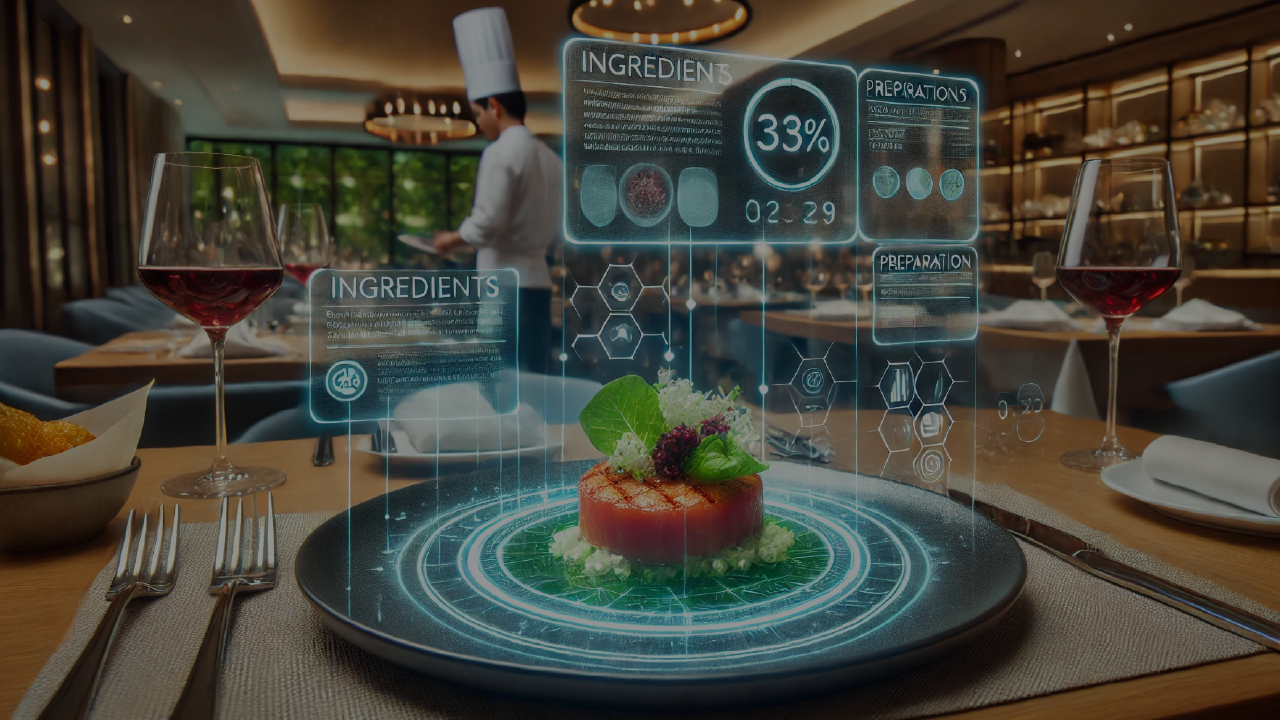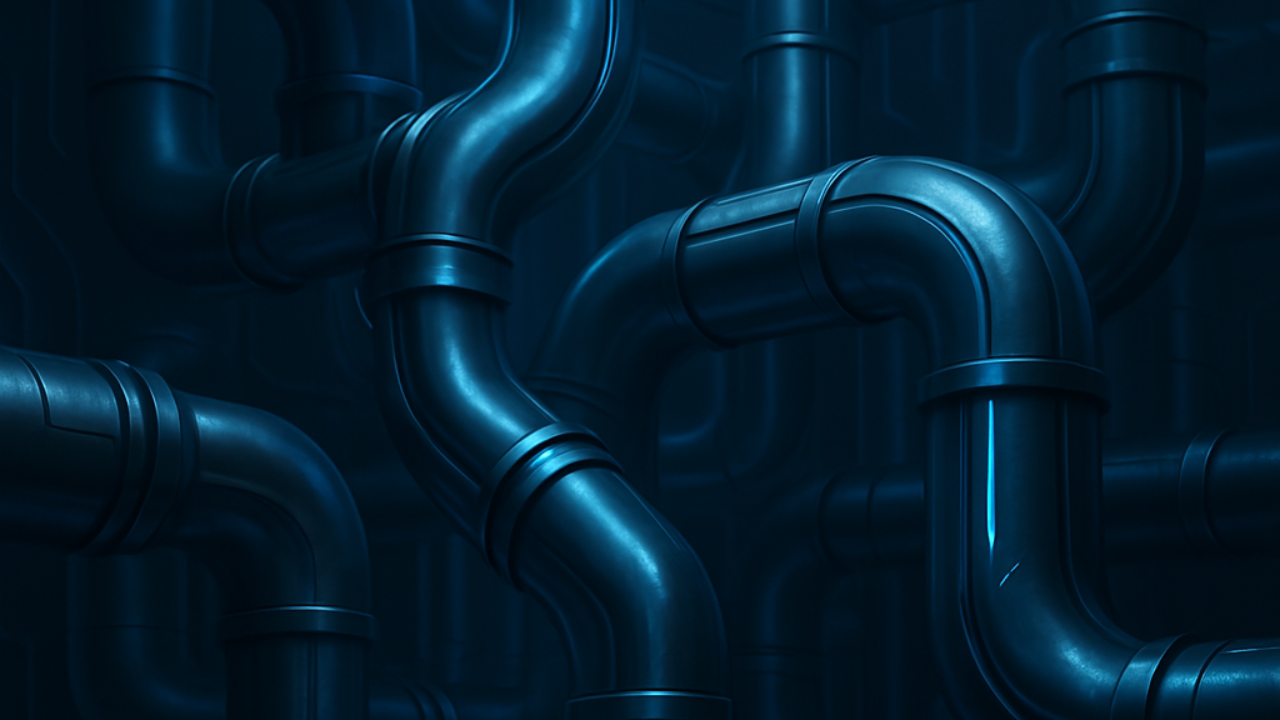A new way to experience food
Over the past decade, the focus on food has become almost manic, driven in part by a certain over-exposure in the media: new technologies can help to further increase the engagement of the average consumer, and this is the direction in which the food industry is moving. Visors and augmented and virtual reality applications are already enriching the sensory channels to create a memorable user experience.
The menu of the future: ordering with augmented reality
Imagine we are sitting at a table in a restaurant we have been wanting to visit for a long time. Instead of the classic, well-worn menu, the waiter hands us an augmented reality visor (similar to Apple’s recently launched Vision Pro) and invites us to place our order. We put on the visor and find ourselves in the same restaurant, but the table we are sitting at has already been prepared: with a quick movement of our hands, we can bring each dish closer, and have it presented directly to the chef, who will show us how it was prepared if we wish. Apart from the spoiler effect, this will lead to a more informed choice and the possibility of tasting what will be served on the table.
A food intolerance aid
Then there are those who suffer from eating disorders (the latest estimates put the number at around 55 million worldwide): thanks to augmented reality applications, it would be possible to visualise in real time the composition of the food we eat, nutritional statistics and data on calorie and protein intake, as well as possible warnings about the presence of allergens. An interesting project from a therapeutic point of view for those suffering from this type of disorder is the one run by Project Nourished.
Project Nourished: zero-calorie virtual food
This American start-up has created a VR project that would allow us to free ourselves from the constraints of eating as historically conceived, by recreating the experience of eating in a virtual dimension. The kit created consists of an aroma diffuser, a visor, a bone conduction transducer that transmits chewing sounds through soft tissue and bone to the eardrum, and food, a 3D-printed tasteless algae jelly. The underlying concept is to provide a plausible simulation of a zero-calorie diet.
VR as a therapy for eating disorders
Another good example of VR applications in the treatment of nutritional disorders is the one implemented by the Villa Santa Chiara Institute in Quinto di Valpantena (VR), which provides re-education activities in three phases and allows effective work on the patient’s psychology.
Through the use of a virtual reality helmet, he is immersed in a transposition of reality that allows him to simulate anxiety situations related to food and overcome them through the use of an avatar.
AR and VR at the service of food production
The potential impact of AR and VR on the production sector of the food industry should also not be overlooked. A practical example of this is what Nestlé has recently implemented in collaboration with VRdirect: it has run VR courses in its Girona factory to teach its employees, both new recruits and those who have been there before, about safety rules in the workplace and how to move around the factory. The training helped employees to become aware of potentially dangerous areas where accidents could occur, such as the use of forklift trucks.
This gives the employee the opportunity to virtually explore the area in which he or she will be working before physically entering it. Not only for training, but also for actual production: Nestlé has also started to use virtual reality in the development of its new products, experimenting with tools and new technologies that allow the rapid creation and testing of product prototypes in the metaverse and on the web.
This does not mean abandoning the development of physical prototypes forever, but it does allow the perception of new products to be tested directly with consumers as they interact with them in the meta-verse, saving time, effort and materials.
Immersive marketing: brands experimenting with VR
Inevitably, the first marketing campaigns based entirely on Virtual Reality were also realised.
This is the case with Oreo, which has created a virtual reality game, a real-life tour of its Wonder Vault, to capture the attention of its customers and introduce them to new products. Other similar examples include Heineken, which allows people to virtually visit its brewery in the Netherlands, and Coca-Cola, which has used VR to create virtual vending machines where consumers can buy and try products in a simulated environment.
Is the future of food digital?
These new technologies may still be immature in some cases, but it is the market that will drive their adoption and proliferation. Recent research has shown that Generation Z, who have been frequenting the metaverse since its inception, are the most interested in buying products in fully virtual environments. The road is therefore fully mapped out, and only time will tell whether the balance of its use will be positive or not.
Alessandro Sapelli
Read the other articles in the September 2023 issue of spaceO:
- Apple: How Apple evolved in 10 steps
- AI: The power of AI
- Interview with our colleagues: Roberto Leone
- Metaverse: Metaverse does not exist…yet
- Robotics and the environment: PipeIn
- Security: Cybersecurity









